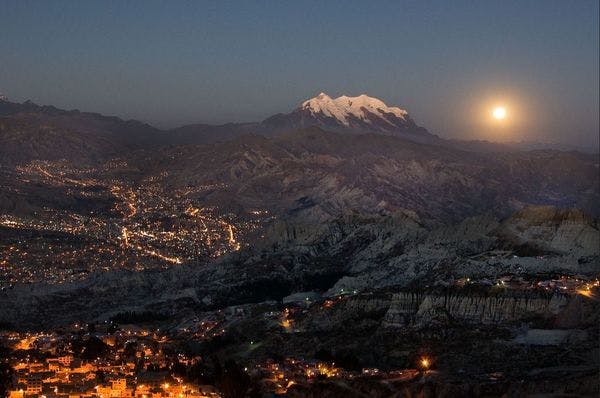Bolivia stands up to US with coca-control policy
By Ruxandra Guidi
Small and landlocked Bolivia is one of the poorest countries in Latin America. For centuries, its majority indigenous population has grown and chewed the coca leaf - much like other people around the world drink coffee or tea - to increase productivity and stave off hunger while working in the fields.
An estimated one-third of Bolivians today consume the leaf in its natural form.
Coca, of course, is also the main ingredient in cocaine. Because of growing demand, coca production expanded exponentially in the 1980s, much of it flowing into the international cocaine market. This set the stage for three decades of US-financed eradication programmes in Los Yungas and especially the Chapare, Bolivia's two main growing regions.
Peasants became the main target of military and US Drug Enforcement Administration (DEA) missions, yet the violence, killings, and political instability continued - and overall cocaine production fluctuated, but did not decrease.
Lean and tall, Carlos Perez - a cocalero or coca farmer with more than 20 years of experience planting, harvesting, drying and selling coca - remembers the military repression that took place as a part of Plan Dignidad in the late 1990s, in which the US paired up its counter-narcotics aid with debt relief.
But he would rather recall the time in 1994, when former coca grower Evo Morales joined a march of thousands of other cocaleros, demanding an end to the forced eradication of their crop. Perez marched too, walking the 130km from the cloud forest of Chulumani to the capital, La Paz.
"Around that time, we would regularly throw the military and DEA out of town," he said. "People organised through the local community radio and kicked them out of our coca-producing villages, one by one."
Click here to read the full article.
Keep up-to-date with drug policy developments by subscribing to the IDPC Monthly Alert.
Thumbnail: Flickr CC A. Durán
